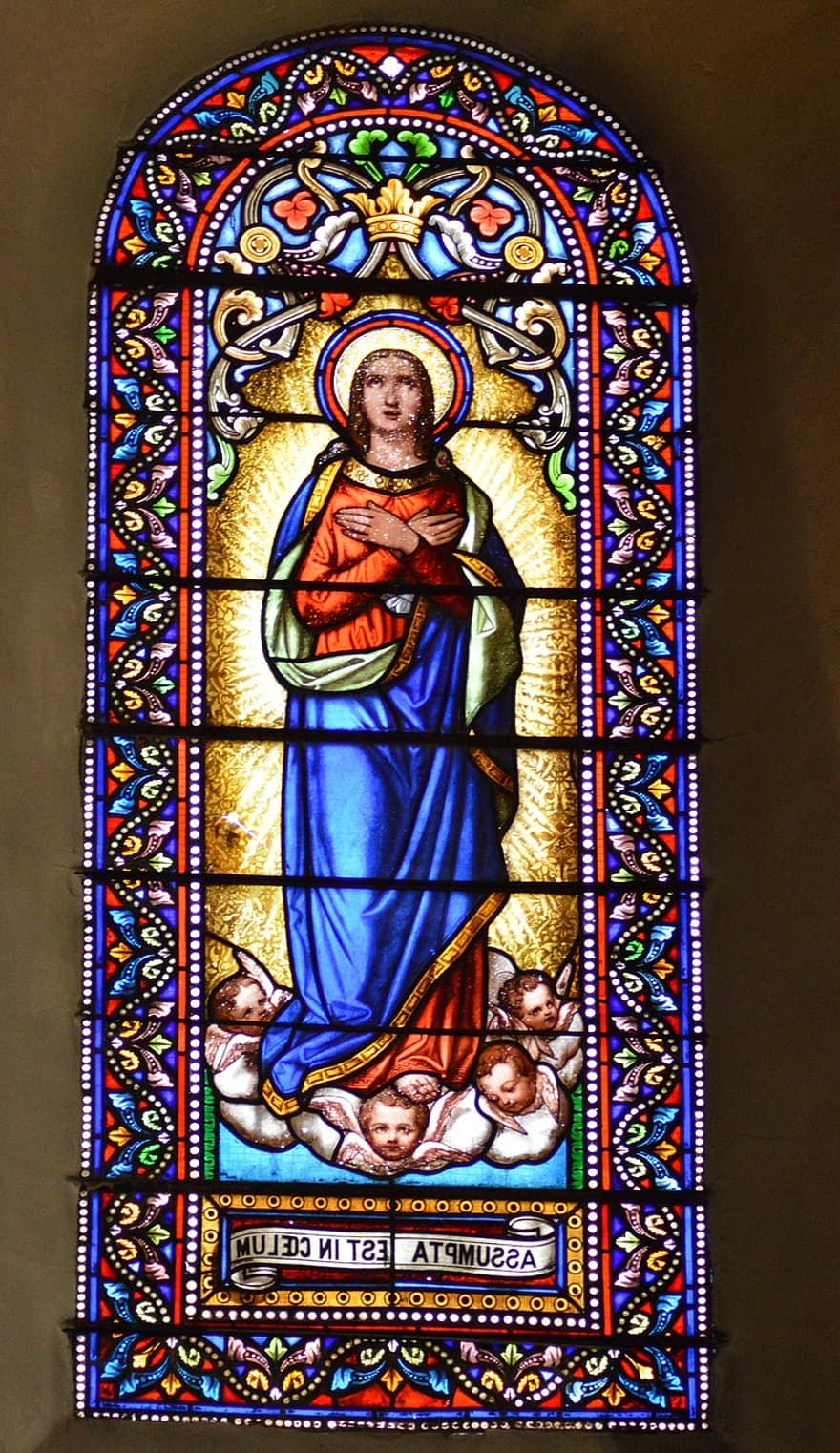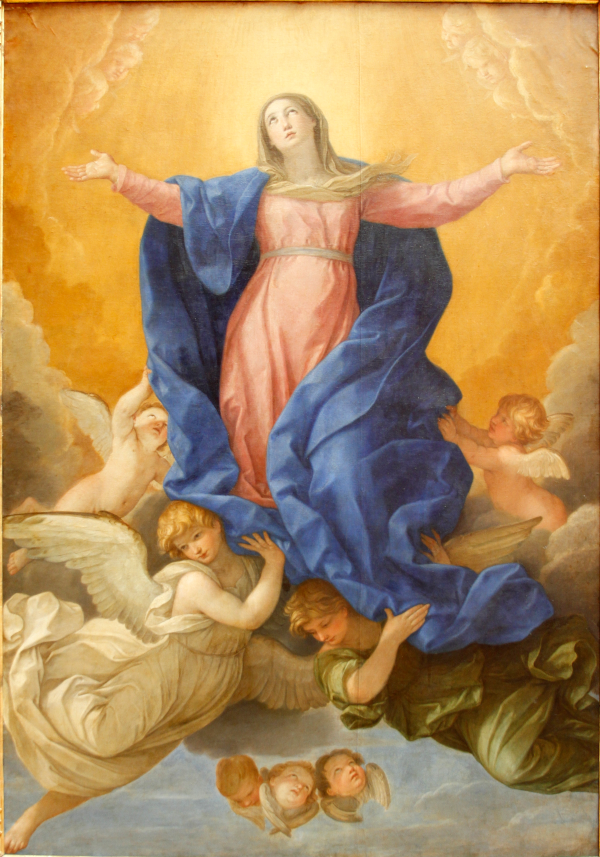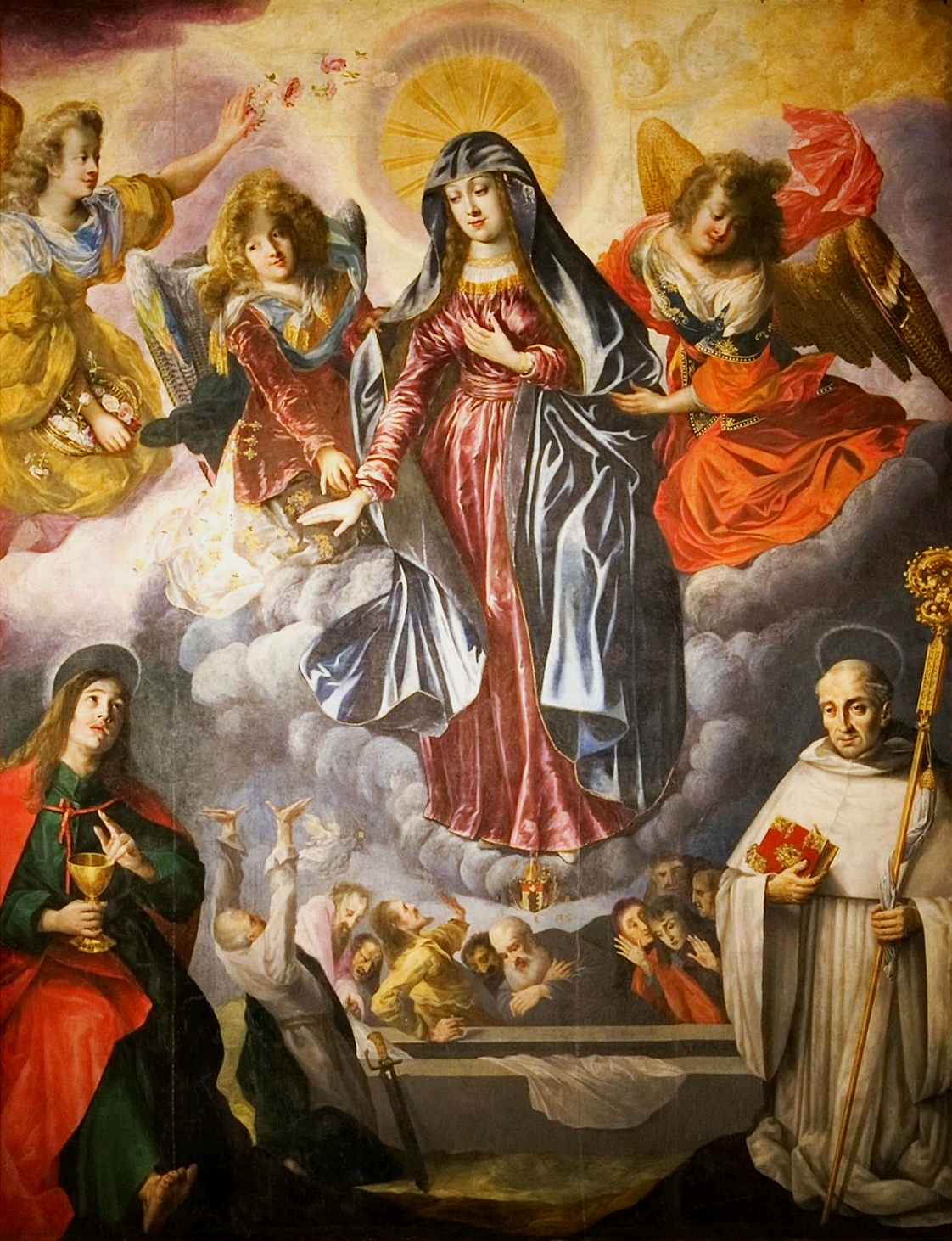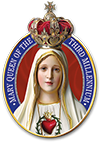The more man seeks to deepen his knowledge of God, the more he understands that he will not be able to comprehend it; such are the greatness and mysteries with which it is faced.
The Creator, who establishes the rules, is pleased to create magnificent exceptions. Theology teaches us that three creatures could not be created to a more excellent degree. The first is Jesus Christ, Man-God: impossible to be more perfect, nothing could be added. The second, Mary: “almost divine” is the expression that various theologians use to refer to the Mother of the Redeemer. And finally, the beatific vision, Heaven: the prize reserved for the just could not be better or greater. It is God himself who gives himself to the Blessed!

Why did the Mother of the Life die?
In Mary Most Holy there is the fullness of grace and perfection that are possible to a mere creature. According to the beautiful expression of Saint Anthony, “God gathered all the waters together and called them the sea; he gathered all his graces and called them Maria ”. From all eternity, the divine decree established the unique privilege that the Blessed Virgin was conceived free from the original stain. A privilege appropriate to the one who would beget God himself in her womb.
Once her life has passed on this earth, what would happen to our Mother?
She, who had given birth, fed and protected the Child God, and received in her virginal arms the dilacerated Body of her Son and Redeemer, was ready to breathe her last breath. How could that Immaculate Virgin, never touched by even the slightest shadow of any fault, go through the trance of death?
However, like the gentle sunset of a magnificent evening, the Mother of Life gave her soul. Why was Mary dying? It is because having participated in all the pains of the Passion of Jesus, she did not want to refrain from passing through death, so as to imitate her God and Lord in everything.
 What did Mary die of?
What did Mary die of?
The nature of the Virgin Mary was perfect. Indeed, Tertullian affirms that “if God took so much care in forming the body of Adam, because his thought flew to Christ, who should be born from him, how much greater care would he not have had in forming the body of Mary, of whom he should the Incarnate Word be born not remotely and mediately, but in a close and immediate way? “(1)
Furthermore, wrote Saint Anthony, “the nobility of the body increases and intensifies in proportion to the greater nobility of the soul, to which it is attached and by which it is informed; and it is reasonable, since matter and form are proportionate to each other. Being, therefore, that the Virgin’s soul was the noblest after that of the Redeemer, it is logical to conclude that her body was also the noblest, after that of her Son.”(2)
Therefore, the most holy soul of Mary, conceived without original sin and full of grace from the first moment of her existence, corresponded to a most perfect human organism, without the slightest imbalance.
As a consequence of her virginal nature, the Blessed Virgin was immune to any disease and was never subject to the decrepitude of the body caused by age.
So what did the Mother of God die of?
The end of the earthly existence of Mary was due to the “force of divine love and the vehement desire to contemplate heavenly things, which consumed her heart” (3).
The Blessed Virgin died of love! Saint Francis de Sales describes this sublime event thus:
How active and powerful … is divine love! Do not be surprised if I tell you that Our Lady died of it, because, always carrying with her, in her heart, the wounds of the Son, she suffered them without being consumed, but finally died from the impetus of pain. She suffered without dying, but in the end she died without suffering.
“Oh passion of love!
Oh love of passion! If her Son was in Heaven, his heart was no longer in Her. She was in that body that she loved so much, bones of her bones, flesh of her flesh, and that holy eagle flew to Heaven. Her heart, her soul, her life, everything was in Heaven: why should they stay here on earth?
“Finally, after so many spiritual flights, so many outbursts and so many ecstasies, that holy castle of purity and humility surrendered to the last assault of love, after having resisted so many. Love overcame her, and with it took her blessed soul.”(4)
This death of Mary, soft and blessed as a beautiful sunset, receives from the Church the suggestive qualification of “dormancy”, to express that her body did not suffer corruption.
Full of grace and full of glory

How long was the permanence of the pure body of Mary in the tomb?
We do not know. But according to tradition, the time that her soul was separated from her body was very short. And in the Apostolic Constitution Munificentissimus Deus, Pope Pius XII affirms: “By an entirely unique privilege, She conquered sin with her Immaculate Conception; and for this reason it was not subject to the law of remaining in the corruption of the tomb, nor did it have to wait for the redemption of the body until the end of time.”
Thus, resplendent with glory, the most holy soul of the Blessed Virgin again assumed her virginal body, making it completely spiritualized, luminous, subtle, agile and serene.
And Mary – which means “Lady of Light” – rose to Heaven in body and soul, while incalculable legions of the angelic militias exclaimed in wonder, as they contemplated their Sovereign crossing the eternal thresholds: “Who is this that rises like the dawn, beautiful like the moon, radiant like the sun, irresistible like a marching army?” (5)
And a great voice was heard saying: “Behold the tabernacle of God among men” (Rev 21, 3).
The beloved Daughter of the Father, the virginal Mother of the Word, the most pure Spouse of the Holy Spirit was then crowned by the Three Divine Persons to reign in the universe, for ever and ever, “at the right of the King” (Ps 44, 10).
The Dogma
The truth of this unique and complete glorification of the Blessed Virgin was solemnly defined as a dogma of faith by Pope Pius XII on November 1, 1950, with these beautiful words:
“After having turned to God in repeated supplications, and having invoked the light of the Spirit of truth, to the glory of Almighty God who granted special benevolence to the Virgin Mary, to honor her Son, immortal King of the centuries and triumphant of the sin and death, for the increase of the glory of his august Mother and for the joy and jubilation of the whole Church, with the authority of Our Lord Jesus Christ, of the Blessed Apostles Saint Peter and Saint Paul and with ours, we pronounce, declare and we define that: The Immaculate Mother of God, the ever-virgin Mary, having completed the course of earthly life, was assumed in body and soul to heavenly glory “.
1- De resurrectione carnis, c. VII.
2- Cfr. Gabriel Roschini, Instruções Marianas, Ed. Paulinas, São Paulo, p. 202.
3- D. Alastruey, Tratado de la Virgen Santísima, p. 414.
4- São Francisco de Sales, Obras Selectas, B.A.C., p. 480.
5- Cfr. Cant 6,10

